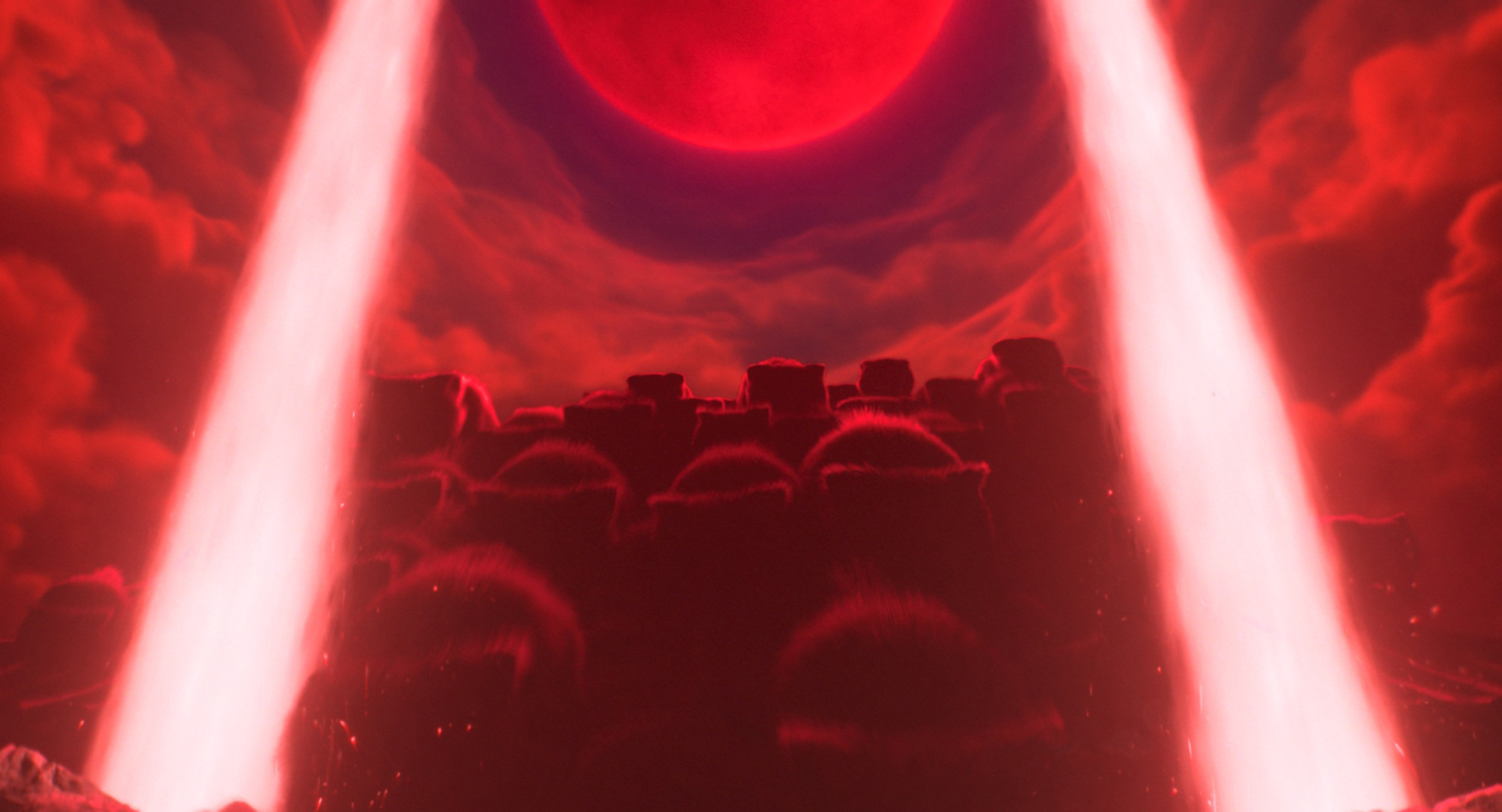“From Procedural Panda-monium to Fast Vectorized Execution Using PCF Crowd Primitives” by Kanyuk, Lo, Krishna, Northrup, Hessler, et al. …
Conference:
Title:
- From Procedural Panda-monium to Fast Vectorized Execution Using PCF Crowd Primitives
Session/Category Title: Virtual Presentations
Presenter(s)/Author(s):
- Paul Kanyuk
- Aaron Lo
- Venkateswaran Krishna
- J.D. Northrup
- Mark Hessler
- Arnold Moon
- Michael Lorenzen
- Jonah Laird
Entry Number: 38
Abstract:
In animation and VFX, crowds are too often considered an “edge case”, to be handled by specialized pipeline outside the main workflows. Requirements of scale and traditional reliance on history based simulation have been obstacles to properly building crowd systems into the core functionality of digital content creation software. Pixar’s crowds team has worked to reverse this trend, developing a fast vectorized crowd system directly within the execution engine of our proprietary animation software, Presto. Dubbed Pcf, for Presto Crowds Framework, this system uses aggregate models, called crowd primitives, to provide artists directly manipulable crowds while maintaining proceduralism for mass edits. Like traditional models, they contain rigs (a graph of operators) which run parallelized through Presto’s execution engine [Watt et al. 2014], but rather than posing points, they set joint angles and blendshape weights to pose entire crowds. The core operations of crowd artists: placement, casting, clip sequencing, transitions, look-ats, and curve following, are all well expressed as rigging operators (known as “actions” in Presto parlance) in Pcf. They provide interactive control of entire crowds in context using the same animation tool as our layout artists, animators, simulation TDs, etc. The first film to use Pcf, Turning Red, reaped massive benefits by building a stadium’s worth of characters in a fraction of the time of previous films’ efforts. However, because Pcf is tightly integrated into Presto, the benefits extended beyond efficiency for the crowds team. By providing our layout department Pcf rigging controls, they were able to shoot inside the crowd and use procedural operators to clear room for the camera and maintain crowd density only where needed. Similarly, the principal animation team could animate main characters in context of the crowd they were acting in, providing the proper context which all too often is absent in crowd shots. Taken together Pcf, is a huge step forward in bringing crowds out of the margins and into the core of animation workflows at Pixar, demonstrating that fast vectorized crowds can be an integral part of digital content creation software.
References:
Hemagiri Arumugam, Michael Frederickson, and J. D. Northrup. 2013. Crowds at Monsters University. In ACM SIGGRAPH 2013 Talks (Anaheim, California) (SIGGRAPH ’13). Association for Computing Machinery, New York, NY, USA, Article 51, 1 pages. https://doi.org/10.1145/2504459.2504523Google ScholarDigital Library
Moe El-Ali, Le Tong, Josh Richards, Tuan Nguyen, Alberto Luceno Ros, and Norman Moses Joseph. 2016. Zootopia Crowd Pipeline. In ACM SIGGRAPH 2016 Talks (Anaheim, California) (SIGGRAPH ’16). Association for Computing Machinery, New York, NY, USA, Article 59, 2 pages. https://doi.org/10.1145/2897839.2927467Google ScholarDigital Library
Golaem Crowd. [n.d.]. Company Website: http://golaem.com.Google Scholar
John Hood. 2014. CrAM: Artist-Friendly Crowds on ”Edge of Tomorrow”. In ACM SIGGRAPH 2014 Talks(Vancouver, Canada) (SIGGRAPH ’14). Association for Computing Machinery, New York, NY, USA, Article 5, 1 pages. https://doi.org/10.1145/2614106.2614204Google ScholarDigital Library
Massive Software. [n.d.]. Company Website: http://www.massivesoftware.com.Google Scholar
Damien Maupu, Emanuele Goffredo, Nile Hylton, Mungo Pay, and Martin Pražák. 2017. Artist-Driven Crowd Authoring Tools. In ACM SIGGRAPH 2017 Talks (Los Angeles, California) (SIGGRAPH ’17). Association for Computing Machinery, New York, NY, USA, Article 69, 2 pages. https://doi.org/10.1145/3084363.3085035Google ScholarDigital Library
SideFX.[n.d.].Google Scholar
Martin Watt, Erwin Coumans, George ElKoura, Ronald Henderson, Manuel Kraemer, Jeff Lait, and James Reinders. 2014. Multithreading for Visual Effects(1st ed.). A. K. Peters, Ltd., Natick, MA, USA.Google Scholar





